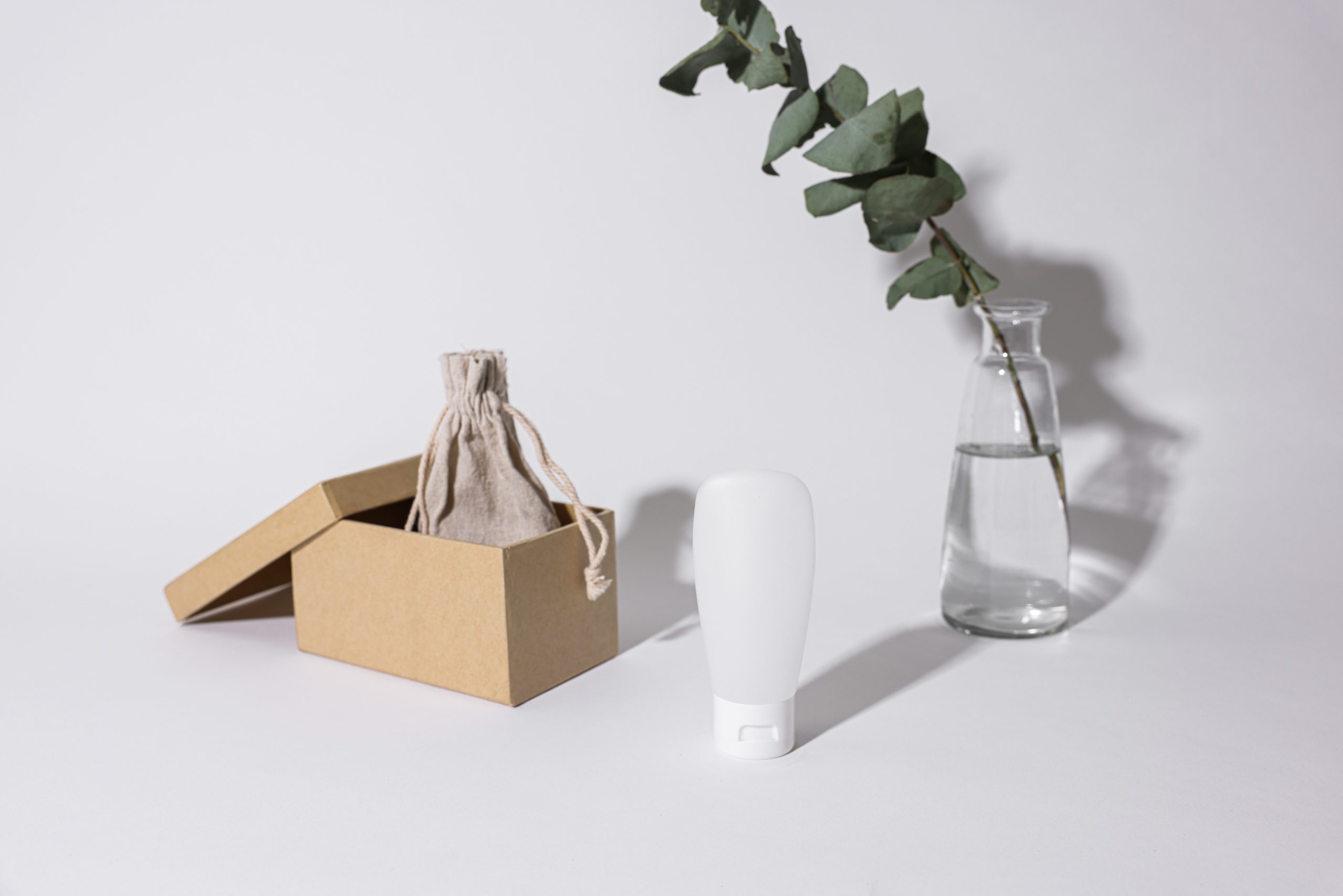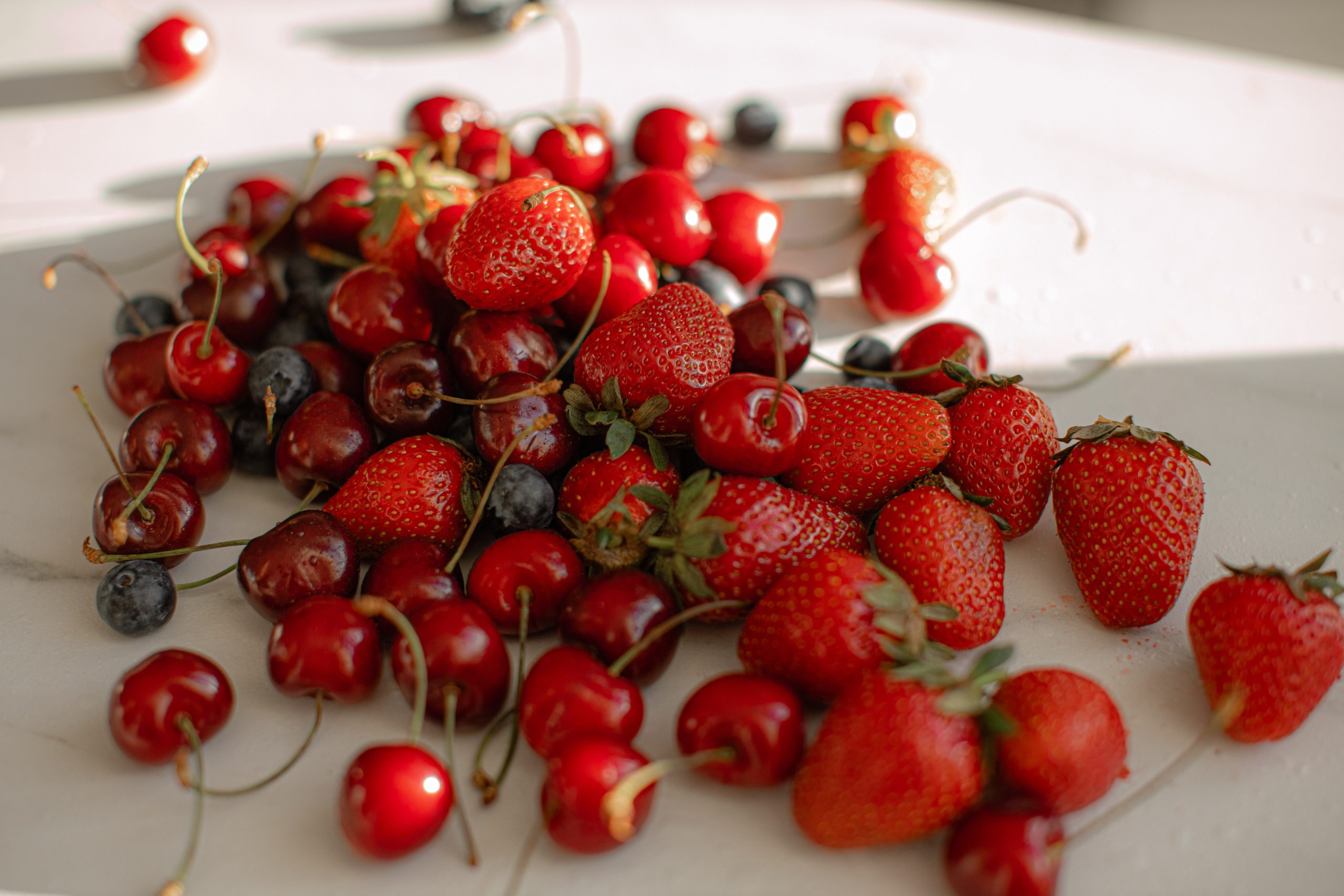Cleansing water and micellar water are not the same thing. Learn the differences between them plus, how they work and what they do for your skin.
My first experience with cleansing waters was arguably cinematic. I had certainly heard of the product but wasn’t convinced that it worked well enough to warrant a purchase. After all, it looked exactly like the stuff that came out of my faucet, and I already had my cleansing regimen down pat. Oil cleanser, foaming cleanser, toner. Why would I need yet another layer—or a replacement—for a routine that wasn’t broken?
Shortly thereafter, I received a bottle of cleansing water in a beauty subscription box, and I figured I might as well give it a shot. One cotton ball swipe later and I was hooked. I kept looking from the mirror to the cotton ball, impressed with how much product had come off with so little effort. A montage of future moments flashed before my eyes. I had visions of sleepily wiping away makeup after a long night out before tucking myself into bed, and dreams of doused cotton buds used to precisely remove a cat eye gone wrong while leaving the rest of my makeup intact.
I’ve had a constant supply of cleansing water ever since. Like you, though, I was curious about how cleansing and micellar waters actually worked.
Cleansing Water Versus Micellar Water
Let’s clear up the confusion. Cleansing and micellar waters have a similar effect, but they are not the same thing! I spoke to Cassandra Bankson, beauty guru and creator of the Skin Science YouTube series, about the differences.
“Micellar water is a ‘soft’ water—meaning it is purified and is free of heavy metals—with gentle oils suspended in it, that works to dissolve and lift dirt and toxins from your skin,” she explains. “Micelles clean skin by attracting dirt and toxins, coaxing them out of skin and pores like a magnet.”
“Cleansing water is purified H2O that’s generally infused with a cleansing property,” Bankson continues. “Micellar water is always infused with oily micelles, however cleansing water may be infused with other substances, such as basic essential oils, fruit extracts, or even trace minerals that can help balance skin similar to a toner.”
In that sense, micellar waters tend to feel more “oily,” and some consider them more effective at removing makeup. However, cleansing waters are also effective cleansers, and work overtime to tone your skin at the same time.
Which version you choose depends on your preferences. You can also keep both on hand like I do. For cleansing waters, some of our favorites are the best-selling Son & Park’s Beauty Water, filled with natural ingredients like willow bark, papaya, lavender, and orange fruit extracts to cleanse, gently exfoliate, brighten, soften and hydrate; and Dr. Jart’s Dermaclear Micro Water, also with fermented yeast plus, galactomyces to smooth and improve skin texture while deep cleansing, toning, and protecting your skin barrier. For micellar water, you can try Juice to Cleanse’s Calming Clean Water the French classic Bioderma Sensibio H2O Micelle Solution and Caudalie’s Micellar Water.
How and When to Use Cleansing and Micellar Waters
Cleansing and micellar waters are most effective when you soak a cotton ball or pad, and then press it against your skin. Hold it for three to five seconds, and then remove. This usually picks up all the makeup and dirt, and is more gentle on your skin compared to rubbing, as well. You can gently sweep the cotton ball or pad across your skin if necessary, but you only need a very light touch.
As for when to use it in your routine, that depends on your preferences. At the end of my day, I like to use cleansing water after double cleansing as a third attempt at making sure dirt, grime, and makeup is removed. If I haven’t worn any makeup that day, I’ll sometimes only cleanse my skin with the cleansing water.
I also like to use it in the mornings when I’m particularly oily to help tone and prepare my skin for my daily moisturizers and cosmetics. Finally, you can “spot clean” stubborn makeup with cleansing and micellar water. They’re particularly effective at removing eyeliner, mascara, and lipstick.















